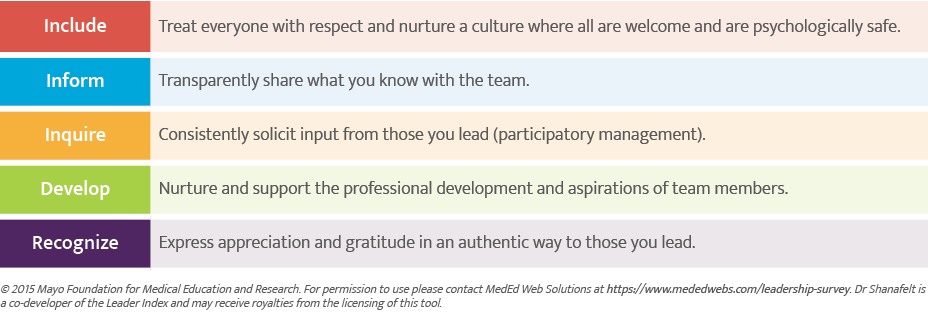
Clinic leaders hold one of the most challenging positions in a PT company. While their primary role is still that of a treating clinician, they also have to juggle numerous management responsibilities. This dual focus can lead to a variety of challenges. Leaders must seamlessly shift their attention from a patient-centered approach when dealing with patients to prioritizing their staff in all other interactions and decisions throughout the workday. No matter how solid your leadership strategy is, the workplace culture, as created and modeled by you, the leader, is foundational for success. A positive workplace culture is built on meaningful work, open communication and shared core values. As you can imagine, growing your skills in communication and connection will greatly influence your workplace culture. The three components are highly interrelated. This is the third and final part of our leadership series "The Key 3 Strategies".
Peter Drucker famously stated, "Culture eats strategy for breakfast", underscoring the vital importance of workplace culture in achieving success. In the realm of physical therapy leadership, nurturing a positive culture is key to the flourishing of a practice.
Key Drivers of a Positive Workplace Culture
A great workplace culture starts with a commitment to making it a desirable place to work, consistently and sustainably. This requires genuine dedication from leaders, demonstrated through actions the team looks to you to embody the clinic's values, demonstrating reliability and integrity. When leaders act authentically and uphold their commitments, it sets a powerful example, encouraging team members to engage fully in their work and achieve their best.
Belief in the clinic's future success and each team member's role in that vision is vital. Transparency about the impact of their work fosters a sense of belonging and purpose, reducing discontent and turnover. Prioritizing team engagement and well-being ensures a supportive and productive work environment.
Five Leader Behavior
The graph highlights five critical leadership behaviors that are essential for creating a positive atmosphere of growth, creativity, and productivity in the workplace. These behaviors are not just foundational for establishing effective leadership but are crucial in nurturing a culture that thrives on mutual respect, innovation, and collective achievement.1
Figure 1. Five Leader Behaviors to Cultivate Positive Leadership

Creating a positive work environment begins with treating everyone with respect and fostering a culture where everyone feels psychologically safe and welcomed. This kind of space encourages openness and mutual respect, allowing team members to thrive. Transparency is another cornerstone of effective leadership. By openly sharing information, leaders can build trust and ensure that everyone is aligned and moving together towards common goals.
Engagement and inclusivity are also vital. By actively seeking input and encouraging participation, leaders can create a management style that values and leverages everyone's contributions. This approach not only empowers individuals but also fosters a sense of collaboration and unity within the team.
Supporting your team members' professional development and aspirations is equally important. It's about recognizing their strengths, offering opportunities for skill development, and aligning their career goals with the team's objectives, thereby ensuring growth and satisfaction at work.
Finally, acknowledging your team's efforts and achievements in an authentic way is key. Showing appreciation and expressing gratitude can significantly enhance morale, creating a sense of belonging and value among team members.
Each of these strategies is crucial for building a supportive, motivated, and productive team. At its core, putting your people first is the ultimate expression of effective leadership. Demonstrating genuine care and making efforts to connect with your team can transform them into a cohesive unit capable of overcoming any challenge together. This approach not only benefits the team but also contributes to a healthier and more dynamic work environment.
This article is the third in a detailed three-part series aimed at deepening your grasp and use of the three essential "C" strategies for creating a successful environment: Communication, Connection, and Culture. If you missed the first two blogs, you can read them here.
Part One: Mastering Communication in PT Leadership
Part Two: Creating Connections Within Your Team
References:
- Swensen SJ, Shanafelt TD. Mayo Clinic Strategies to Reduce Burnout: 12 Actions to Create the Ideal Workplace. Oxford University Press; 2020.
